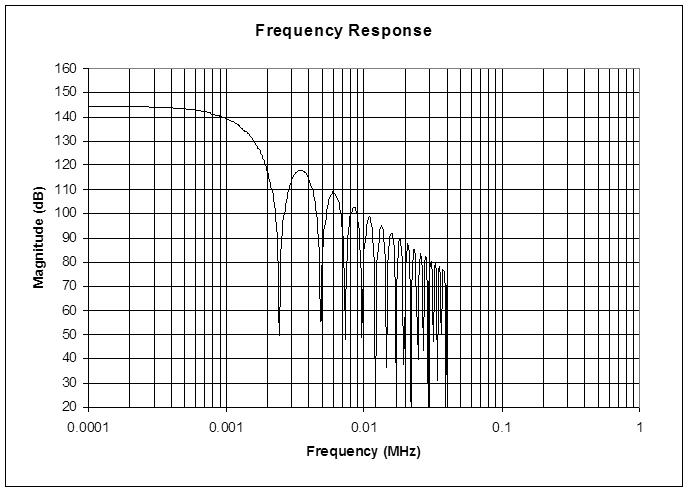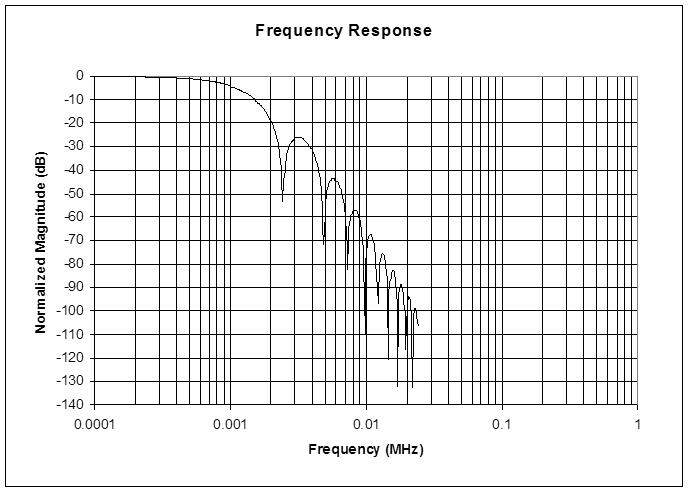Thanks Dewster - Useful information!
I haven't really used Audition's "generate tones" - but its a real useful tool.. I realized that I could generate sweeps using Audition which I can then import into Proteus as .wav's ... Now that is going to save me a lot of simulation time!
... Rather than having to build a VCO with wave-shaper (actually, I do this kind of thing so often I have created a VCO component I just drop in) I can simply place a generator and assign it to the .wav so the simulator doesnt have the overhead of simulating the VCO..
I can also take the simulation output to a .wav and thereby use auditions analysis tools, and also partition the design into audio sub-sections which can work with the preceding stages audio output..
Real useful at this stage, as the design gets huge and full simulations take hours - I can generate approximately the right input waveforms, quickly test the next stage and hear / analyze the results, take that output to the next stage etc.. Then when I have what I think I want, can go back to the first stage and actually run the heterodyning etc, save and check the audio output, and feed this into the following stages.
Because my HF oscillators are both capacitive and voltage controlled, I can actually set up a CV sequence to "play" the instrument - Partitioning the design in this way, I am hoping to actually be able to generate a "performance".. I have tried this before with the full system, but after running all night I come back and the system has crashed (and often only got 10 seconds into the simulation before crashing)..
Being able to actually hear the instrument playing before its built would be really encouraging and interesting (I am actually videoing my attempts, so that if I get this right, I can YT it.. ) but I must also be careful not to let this become a "project" in its own right - Its of absolutely no practical use to anyone ;-)
Fred.
One interesting hypothetical question..
If I have a simulation of analogue oscillators and analogue heterodyning with analogue audio processors following it.... What is the result in terms of the great analogue / digital "contest" ?
I think the result must technically be "digital" because all components simulated are done so numerically with finite resolution.. But depending on how one sets the simulation up (what tolerances one allows for currents and voltages, and what time-steps / resolution one sets for convergence etc) and how long one is willing to wait for the simulation to complete (the higher the resolution, the longer it takes) one can certainly get way better than in needed for the audio output resolution..
Because this is a long way from real-time (1 minutes of audio can easily take an hour to simulate at high resolution on my system - hopefully partitioning will speed this up) I think that for practical purposes the audio output will be "analogue"... Which must (if true) mean that an "analogue" instrument could be produced with high enough resolution / fast enough real-time digital circuitry.
There are "analogue emulation" synthesisers available, both as hardware and soft-synths.. Some are damn good - but as yet, I have not heard ant that were absolutely convincing (perhaps they are under a 64 bit OS on a fast quad core - I am still on 32 bit XP with moderate speed dual core, so probably way below the minimum needed)



